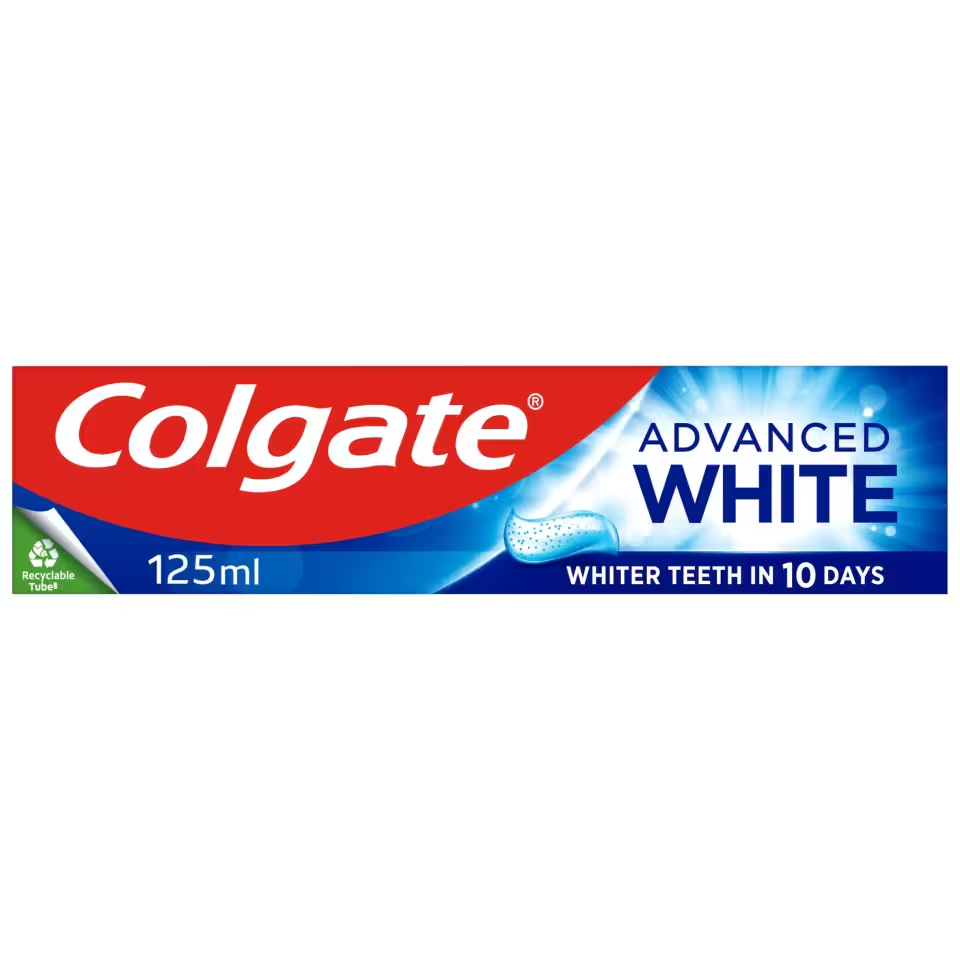
The Risks of Swallowing Toothpaste Explained
What is Toothpaste and Its Ingredients
Toothpaste is a staple in daily oral hygiene. It cleans teeth and freshens breath.Is swallowing toothpaste bad? Essential for fighting plaque, it also prevents cavities and gum disease.
Common Ingredients in Toothpaste
Common ingredients in toothpaste include fluoride, abrasives, and detergents. Flavors and sweeteners improve taste, while preservatives keep it fresh. Some toothpastes have whitening agents for brighter teeth.
Toxicity of Sodium Fluoride and Triclosan
Sodium fluoride strengthens enamel but is toxic in high amounts. Triclosan, an antibacterial agent, poses risks if ingested. Swallowing too much of either ingredient can cause health issues.

The Consequences of Swallowing Toothpaste
Swallowing toothpaste can have several unintended consequences, especially when it involves large amounts. Toothpaste is built for cleaning teeth, not for ingestion. Even though the body can handle small quantities, there are risks when it’s overdone.
Symptoms of Toothpaste Overdose
An overdose of toothpaste manifests in various uncomfortable ways. If too much is swallowed, especially if it contains fluoride, one may experience stomach pain which can hint at an intestinal blockage. In extreme cases, severe symptoms such as convulsions, difficulty breathing, or even a heart attack may occur. Drooling and a salty or soapy taste can also prevail, accompanied by vomiting, tremors, and general weakness.
Impact on Stomach and Intestinal Health
Ingesting large quantities of toothpaste can distress the digestive system. The fluoride and other ingredients, while beneficial for oral health in appropriate amounts, can irritate the stomach lining and potentially cause vomiting or diarrhea. In the case of significant overdose, the risk of intestinal blockage is not to be ignored. Pain and discomfort in the stomach area after consuming toothpaste are signs to take seriously and require prompt action. Immediate medical attention may be necessary to ensure no long-term damage occurs to one’s digestive health.
Swallowing Toothpaste in Children
It’s common for young kids to accidentally swallow toothpaste while brushing. While small amounts typically aren’t harmful, larger quantities can cause issues.
Age-Based Recommendations for Toothpaste Use
Parents should follow age-based guidelines to minimize risks:
- For children under age 2, use a smear the size of a rice grain.
- Children 2 to 6 years old should use a small amount, not more than a pea-size.
- Over 6 years old, a pea-sized amount is appropriate.
These recommendations ensure kids get enough fluoride to fight cavities but not enough to cause harm if ingested.
Dental Fluorosis and Its Effects
Dental fluorosis occurs when children consume too much fluoride during teeth development.
- It leads to white spots or lines on teeth.
- Only affects teeth that haven’t erupted yet, so it’s common in kids under 8.
- Fluorosis is cosmetic and not harmful to health.
Prevent fluorosis by supervising children’s toothpaste use. This helps ensure they don’t swallow large amounts.
Preventing Children from Swallowing Toothpaste
Here are some tips:
- Watch kids closely while they brush.
- Teach them to spit out toothpaste instead of swallowing.
- Choose toothpaste with appropriate fluoride levels for their age.
- Always rinse with water after brushing to clear residual toothpaste.
Training children in good brushing habits is crucial for their oral health and avoiding the accidental swallowing of toothpaste.

Emergency Measures and Poison Control
When toothpaste is ingested, it’s crucial to act quickly and follow certain emergency measures to reduce potential health risks.
What to Do in Case of Toothpaste Ingestion
If someone swallows toothpaste, here are the steps you should take:
- Do not induce vomiting unless told by a professional.
- Offer water or milk to the person if they can swallow without difficulty.
- Avoid giving liquids if they show signs of vomiting, convulsions, or altered awareness.
- Check the toothpaste packaging for ingredients and keep it on hand for reference.
- Note down the time of ingestion and the amount of toothpaste swallowed.
- Monitor the person for any worsening symptoms or discomfort.
Prompt action can prevent serious complications from toothpaste ingestion, especially if fluoride is involved.
Role of Poison Control Centers
In cases of toothpaste ingestion, poison control centers play a crucial role. Here’s what they do:
- Provide immediate expert advice on poisoning situations.
- Offer guidelines for at-home care or direct you to seek medical attention.
- Collect data about the incident, such as the individual’s age and the product swallowed.
- Follow up to ensure the well-being and safety of the person affected.
Always keep the Poison Help hotline number (1-800-222-1222) handy. It connects you with your local poison control center, where help is available 24/7. Remember, it’s better to be safe than sorry; do not hesitate to call for any concerns about ingesting toothpaste or any other potentially toxic substance.
Fluoride Safety and Alternative Options
The safety of fluoride in toothpaste is a critical concern for many. While it’s beneficial for teeth, too much can be harmful.
Fluoride’s Role in Dental Health
Fluoride, a common toothpaste ingredient, reinforces tooth enamel. It combats decay and helps repair minor tooth surface damage. Ensuring the correct use of fluoride toothpaste is key to dental health.
Skeletal and Neurological Effects of Excessive Fluoride
Too much fluoride can hurt bones, making them prone to fracture. It can also affect the brain, potentially leading to learning issues in kids. It’s important to keep fluoride intake within safe limits.
Fluoride-Free Toothpaste Alternatives
If you’re worried about fluoride risks, consider fluoride-free toothpaste options. These alternatives can clean teeth but may lack fluoride’s cavity-fighting benefits. They are a suitable choice for those looking for natural or non-fluoridated products.

Handling Accidental Ingestion
When toothpaste is accidentally swallowed, certain signs can tell you how serious it is. Knowing what to look for helps you respond right away.
Symptoms of Fluoride Poisoning
If a large amount of fluoride-based toothpaste is ingested, watch for these danger signs:
- Stomach pain or intestinal blockage signs.
- Seizures or convulsions can indicate severe poisoning.
- Trouble breathing, vomiting, and a fast or erratic heartbeat are urgent symptoms.
- A salty or soapy taste, drooling, and general weakness may also occur. If these appear, it’s time to take action.
Minor symptoms like a slight stomach ache or a taste in the mouth can happen with small amounts. But when symptoms are strong or lasting, they suggest a bigger issue.
When to Seek Medical Attention
Seeking medical help fast is key if you suspect a serious case of toothpaste ingestion. Here’s when you should get help:
- Any symptoms of fluoride poisoning, especially in a child.
- If you’re unsure how much toothpaste was swallowed.
- The person has difficulty breathing, has seizures, or is unusually sleepy.
- Even without symptoms, if a child ingests a lot of toothpaste, get help.
Young kids are at risk because they might not understand the danger. Keep an eye on their toothpaste use and be ready to call for help if needed.
FAQs on Toothpaste Ingestion
Understanding the implications of toothpaste ingestion is key to ensuring oral health and safety.
How to Prevent Swallowing Toothpaste
To avoid the risks associated with swallowing toothpaste, consider these tips:
- Encourage spitting after brushing to expel toothpaste.
- Supervise children during brushing to ensure they don’t ingest.
- Teach proper brushing techniques to minimize toothpaste use.
- Use just enough toothpaste to clean teeth effectively.
- Select toothpaste with flavors that are less appealing for consumption.
- Implement these practices to make toothpaste ingestion less likely.
First Aid Measures for Toothpaste Ingestion
If toothpaste is ingested, quick and appropriate first aid can mitigate risks:
- Offer water or milk to dilute the toothpaste, if the person can swallow.
- Do not induce vomiting unless instructed by healthcare professionals.
- For minor discomfort, rinse the mouth and drink fluids to settle the stomach.
- Call poison control or seek medical attention if adverse symptoms appear.
- Keep toothpaste packaging for reference when seeking help.
Promptly addressing toothpaste ingestion is critical in preventing adverse effects and safeguarding health.

The Dangers of Swallowing Toothpaste
Understanding the Risks
Swallowing toothpaste can pose health risks, especially for children. Most commercial toothpastes contain fluoride, which helps prevent cavities. However, ingesting too much fluoride can lead to fluorosis, a condition that affects the teeth and bones. It is crucial to be aware of the amount ingested regularly. Even small amounts can accumulate and result in long-term consequences.
Moreover, many toothpaste brands contain other potentially harmful ingredients. Sodium lauryl sulfate, for example, is a common foaming agent that can irritate the digestive system when swallowed in large quantities. This can lead to nausea, vomiting, and abdominal discomfort. Transitioning to safer routine practices can reduce these risks.
Safe Practices for Dental Hygiene
To mitigate the dangers of swallowing toothpaste, proper techniques during brushing are essential. Always encourage the use of a pea-sized amount of toothpaste for both adults and children. Emphasizing the importance of spitting out excess toothpaste after brushing can significantly reduce ingestion. It is wise to supervise children during this routine to ensure they understand the process.
Additionally, educating caregivers about toothpaste selection can further enhance safety. Opting for toothpaste with lower fluoride concentrations, especially for younger children, can be beneficial. Understanding labeling and being conscious of the ingredients can guide better choices.
In conclusion, swallowing toothpaste is not just a harmless mistake; it carries potential health risks. Increased awareness and safer brushing practices can help prevent these issues. By prioritizing dental hygiene and being mindful of the products used, individuals can protect their health while maintaining strong, healthy teeth. Following these guidelines can lead to better outcomes for everyone involved.

